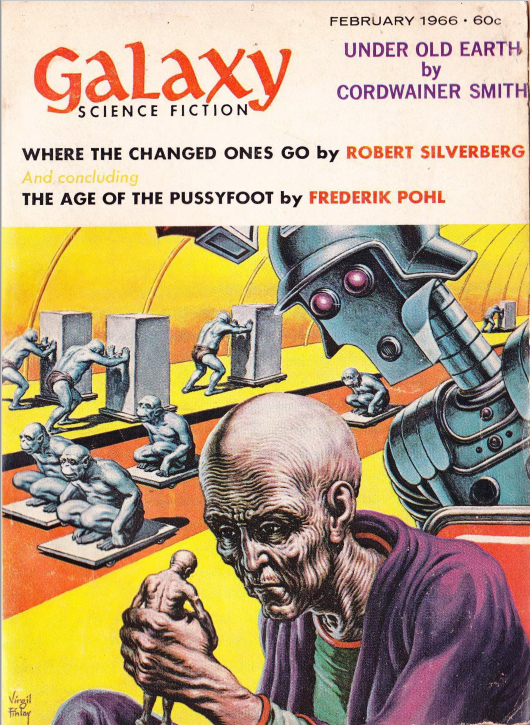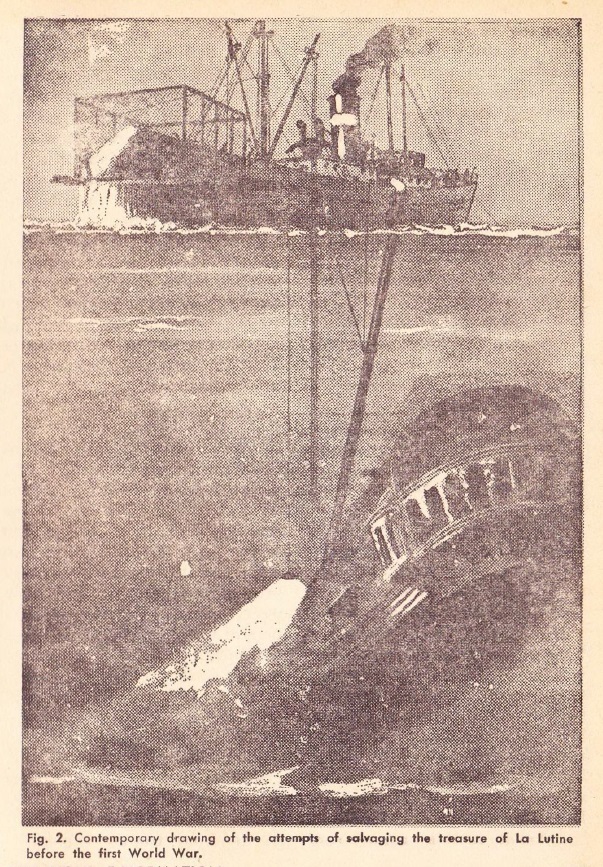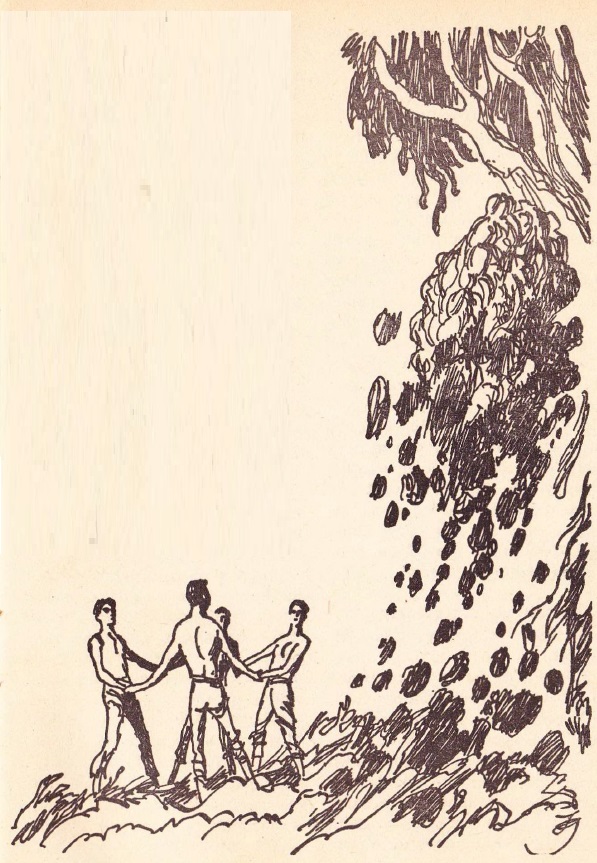
by Victoria Silverwolf
My Word Is My Bond
The late Ian Fleming certainly didn't invent spy fiction, but he started an explosive interest in the genre with the publication of his 1953 novel Casino Royale.

And he designed the cover art, too.
Introducing British secret agent James Bond, also known as 007, the book was followed by eleven more novels, as well as the story collection For Your Eyes Only.
Spies On The Screen
Of course, the current craze for all things Bond-related didn't really get started until the release of the film adaptation of Dr. No, making an international superstar of Scottish actor Sean Connery in the role of Bond. Since then, we've seen movie versions of From Russia With Love, Goldfinger, and Thunderball. It seems certain that there will be more to come, at least until they run out of Fleming titles.
It's no surprise to find out that other filmmakers around the world have jumped on the bandwagon. Many of their productions, made in Europe, have yet to appear in the USA, so are beyond this discussion. (I presume that some will eventually show up, in heavily edited and badly dubbed versions, on American television.) Let me mention, at random, a few that have appeared in Yankee movie theaters.
Hot Enough For June stars Dirk Bogarde as an ordinary fellow looking for a job who gets mixed up in international intrigue because he happens to speak Czech. Known as Agent 8 3/4 on this side of the pond, just in case we ignorant Americans didn't realize it was a spy movie, it offers both action and fish-out-of-water comedy, in the form of the reluctant secret agent.

As you can tell if you've seen the trailer, it also offers Sylva Koscina's legs.
A similar combination of laughs and thrills appears in the French film That Man from Rio (L'Homme de Rio), one of the few foreign language Bond imitations to reach English-speaking audiences.

The clever screenplay was nominated for an Academy Award. You can enjoy watching the trailer at your local art cinema house, if you don't mind subtitles.
We go from semi-comic adventures to out-and-out farce with Carry On Spying, one of the many films in the long-running Carry On series of lowbrow British comedies. Given that the evil organization in this movie is called STENCH, you realize that this isn't exactly subtle wit.

The oddest thing I found out when I saw the trailer is that it's in black-and-white. The genre screams for bright, bold colors.
The United Kingdom doesn't have a monopoly on silly spy spoofs. The great Vincent Price has the title role in the American comedy Dr. Goldfoot and the Bikini Machine. It's so goofy that it reminds me of the beach movies to which I am addicted. And the Supremes sing the groovy title song!

Catch the trailer to see Price parody his role in The Pit and the Pendulum.
There are other followers of the Bond formula that are more dramatic. Despite a few sly references to you-know-who, Licensed to Kill is mostly a serious imitation of the original.

It was re-edited and given a nutty new title for American audiences. They also added a title song performed by Sammy Davis, Jr.
Idiot Box Intelligence Agents
Secret agents also populate our living rooms on the small screen. One of the most popular television versions of the espionage game comes in the form of The Man From U.N.C.L.E., starring Robert Vaughn as the improbably named operative Napoleon Solo and David McCallum as his Russian partner Ilya Kuryakin. Together, they fight each week against the sinister organization THRUSH.
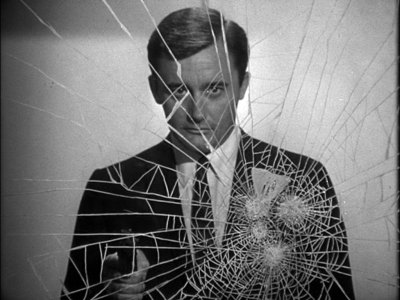
U.N.C.L.E. stands for the United Network Command for Law and Enforcement. THRUSH doesn't stand for anything but evil, as far as I know.
There's also the relatively new series I Spy, with a pair of secret agents pretending to be a semi-pro tennis player and his trainer. The show manages to be both serious and comic, and benefits from the playful dialogue between the two leads.

Comedian Bill Cosby as Alexander Scott and Robert Culp as Kelly Robinson.
Also recently arriving is a series that combines the popular Western genre with the gadgets and evil megalomaniacs of spy fiction. The Wild Wild West features two secret agents working for President Ulysses S. Grant. Their adventures often involve bizarre science fiction technology, far beyond what you would expect in the Nineteenth Century.

Ross Martin as Artemus Gordon, Master of Disguise, and Robert Conrad as James West, the Bond of the Old West.
While I was working on this article, the Noble Editor informed me that the whodunit series Burke's Law, some episodes of which were written by Harlan Ellison, has changed its name to Amos Burke, Secret Agent. The millionaire playboy police captain is now a millionaire playboy spy.

The Noble Editor also informs me that it's not very good.
Naturally, we have a situation comedy based on spy stuff. Get Smart pits the good guys of CONTROL against the bad guys of KAOS (who obviously don't spell very well.)

Don Adams as Maxwell Smart, Agent 86, and Barbara Feldon as the otherwise nameless Agent 99.
The Young Traveler has already waxed poetic over the British import Danger Man (known as Secret Agent in the USA, because we have to have everything spelled out for us), so I won't go into any detail.

Patrick McGoohan as John Drake. In some ways, he's the antithesis of James Bond.
I've heard good things about another TV show from the UK, but it hasn't reached these shores yet. I'm talking about The Avengers, a tongue-in-cheek adventure series starring another Patrick, this one surnamed Macnee. It started broadcasting in 1961, before the first James Bond movie was released.

Patrick Macnee as John Steed and Honor Blackman as Cathy Gale. Blackman left the series to play a character with an unusual name in Goldfinger.
I understand that the American Broadcasting Company has purchased the rights to the series, and will begin showing it in the USA in a couple of months.

Wearing Steed's bowler is his new partner, Emma Peel, portrayed by Diana Rigg.
Mad About Spies
I would be remiss in my duties if I didn't mention a series of cartoons appearing in Mad magazine, of which I am a regular reader. Cuban expatriate Antonio Prohias writes and draws Spy vs Spy, which shows a Black Spy and a White Spy taking turns destroying each other. Once in a while, the female Gray Spy shows up and gets the better of both of them. This femme fatale is drawn in a more-or-less realistic fashion, unlike the pair of cone-faced male spies.
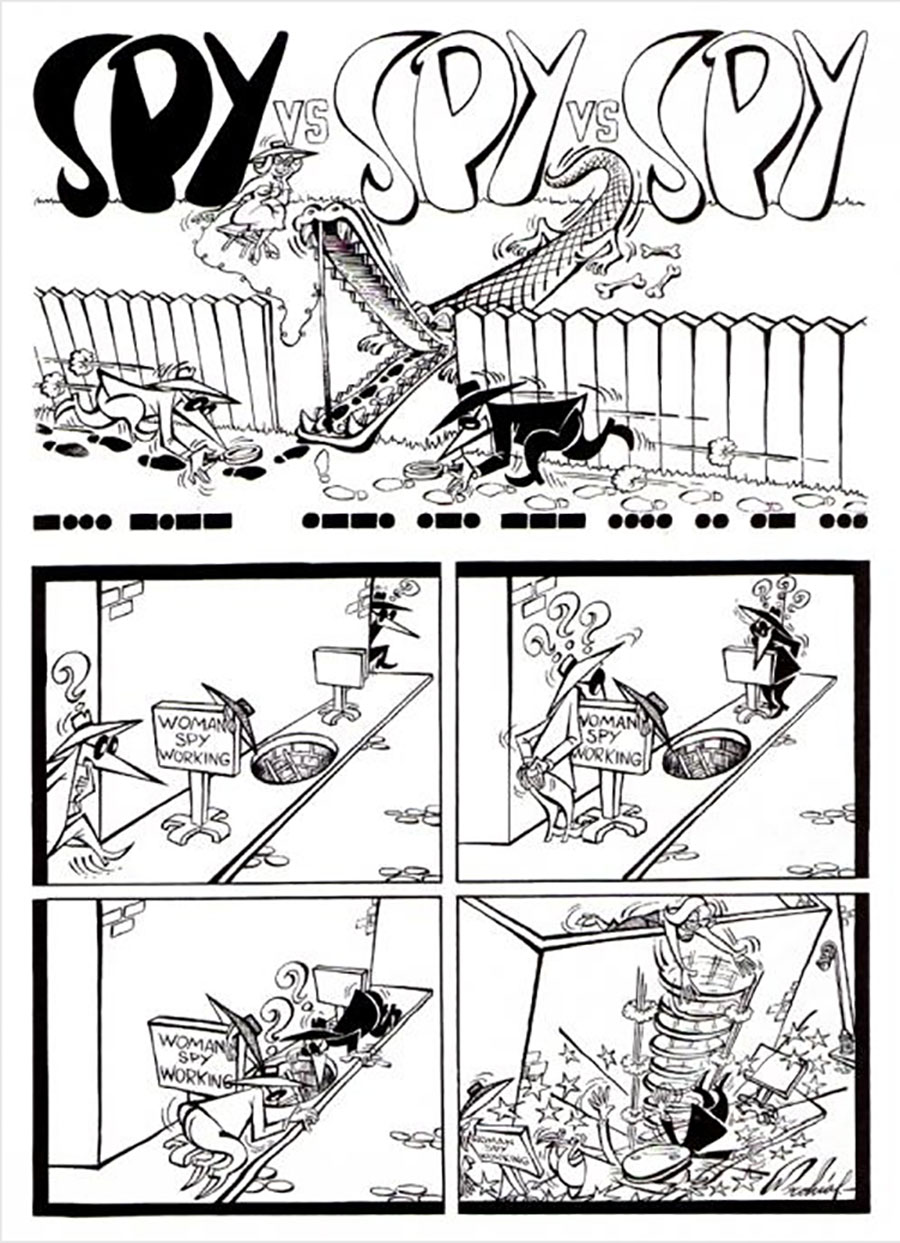
The feature changes its name to Spy vs Spy vs Spy when she arrives. For those of you who don't read Morse code, the message says By Prohias.
Double-Oh Double Feature
Speaking of Spy vs Spy, a pair of would-be Bonds arrived in American theaters this month, ready to take on each other at the box office. Who will prevail? Let's take a look at the earlier arrival first.
In H.A.R.M.'s Way

The trailer emphasizes Danger! rather than Women!
We begin with a couple of guys running through a tunnel. A soldier chases them, but gets shot down by one of them. The two reach safety, they think, but the man they meet, who was supposed to help them cross the Iron Curtain, betrays them. He shoots one of them with a funny-looking gun that makes a kind of a hiss when it fires. We'll find out that this thing is a spore gun, and it turns people into bubbling green fungus.

Who ordered an extra large spinach and pepperoni pizza?
The other guy overpowers the traitor and gets away. It turns out that this is a defecting scientist, who apparently created the deadly spore and who is working on a cure for it.

Carl Esmond as Spore Guy.
After the semi-abstract title sequence, which seems to be mandatory for this kind of thing, we get to meet our hero, Adam Chance, Agent for H.A.R.M., played by Mark Richman. In proper Bond style, he's a real ladies' man. He's got a date with his boss's secretary, but has to break it to take on a new assignment.
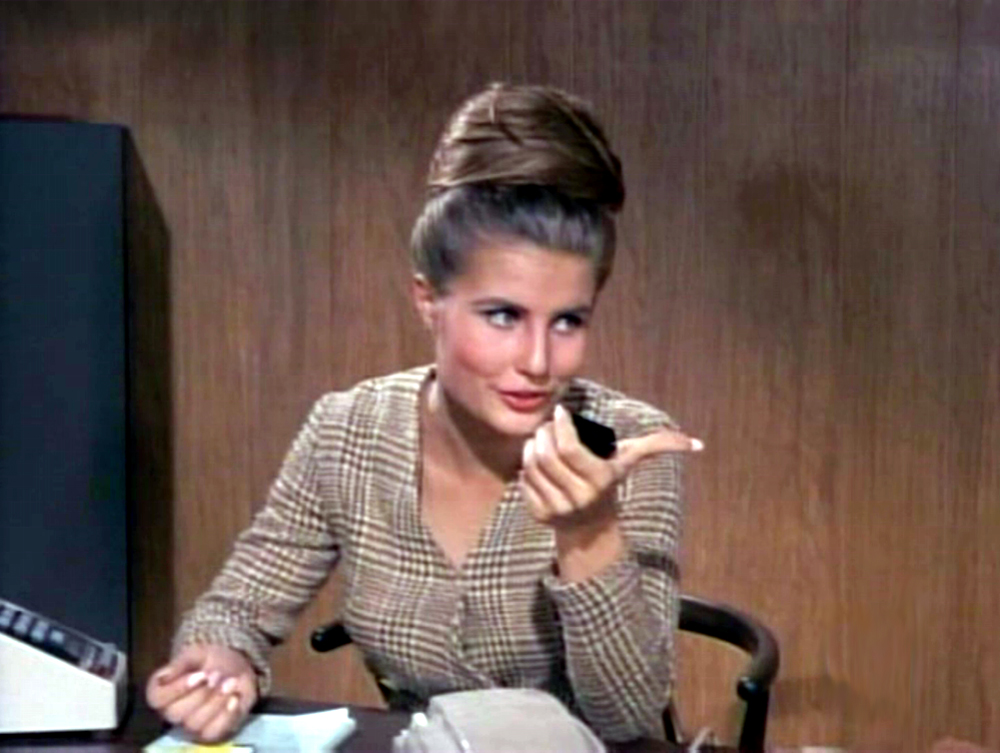
She's a very minor character, and I wasn't even going to mention her, but I wanted you to see her truly amazing two-tone beehive hairdo.
He also gets some smooching from a female agent he's training in judo and marksmanship. Although she's no amateur when it comes to martial arts, he overcomes her, because he's all manly and stuff.

Romance, Adam Chance style.
Adam goes to visit the scientist in his oceanside home. Also present is his niece, whom he hasn't seen in twenty years. We find out right away that she's really an imposter, working for the Commies. Attention girlwatchers: She spends almost the entire movie in a skimpy bikini. (By the way, our hero often wears a green turtleneck with a pale yellow sweater. Somehow that doesn't seem as elegant as Bond's tuxedo.)

Barbara Bouchet, as the phony niece, reacts to Adam's choice of attire.
It seems that the Bad Guys plan to spray the spores over American crops, so those rascally capitalists will turn into slimy green goop. They've got their headquarters in a little house just over the border in Mexico. They also have only about four or five guys, and one small plane, so I assume they're on a budget.
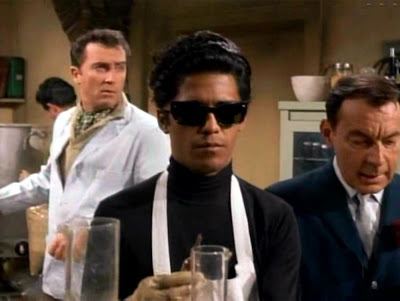
"Tell me the truth, boss; do I look more like Stevie Wonder or Johnny Mathis?"
Well, there's no need to go over the rest of the slow-moving plot. There's a lot of running back and forth between the beach house and the Bad Guys' hacienda. There are some sub-Bond gadgets. (Adam has a tape recorder disguised in an electric shaver. During a conversation with the scientist, he has to casually ask if he minds if he shaves while they talk.) Our hero gets a flat tire, so he steals a motorcycle. Don't try that the next time you get a flat.
Oh, you'd like to know what H.A.R.M. stands for? The movie reveals this in a shot that lasts a fraction of a second, above a sort of computer map gizmo that keeps track of where the agents are located. Are you ready?
Human Aetiological Relations Machine.
Don't ask me what that means, or why this American organization uses the British spelling.
Originally an unsold pilot for a TV series, this thing was released to an unsuspecting public as a feature film. The low budget and cramped sets of a television show are visible in every scene. The only way to enjoy it, I think, is to get together with some friends and make fun of it.
The Lighter Side of Espionage

Watch the trailer and you'll understand my lighter joke.
Next to arrive on the silver screens of America was Our Man Flint, with James Coburn playing the title role. We start with scenes (stock footage, with maybe some stuff stolen from other movies) of disasters all over the world. For a moment I thought I was watching Crack in the World again.
Cut to the headquarters of some kind of international organization. Although an establishing shot tells us we're in Washington, D.C., there are folks of different nationalities standing around. The boss is played by Lee J. Cobb. We'll find out later that the organization is known as Zonal Organization World Intelligence Espionage — Z.O.W.I.E.!
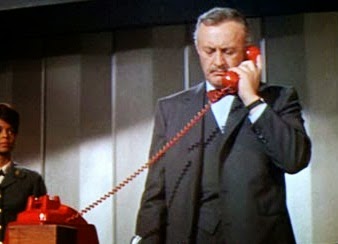
On the phone with the President of the United States. This telephone has its own special ring.
Desperate to defeat the mysterious villains behind these events, all the assembled representatives of world governments write down their desired qualifications for the perfect agent. The computer spits out only one name: Derek Flint. Cobb has to call on Flint to convince him to come out of retirement to save the world.
Flint lives in this really cool place, full of all kinds of gadgets. He can change the paintings and statues instantly, with one push of a button. He's got private practice areas for martial arts, fencing, and so forth.
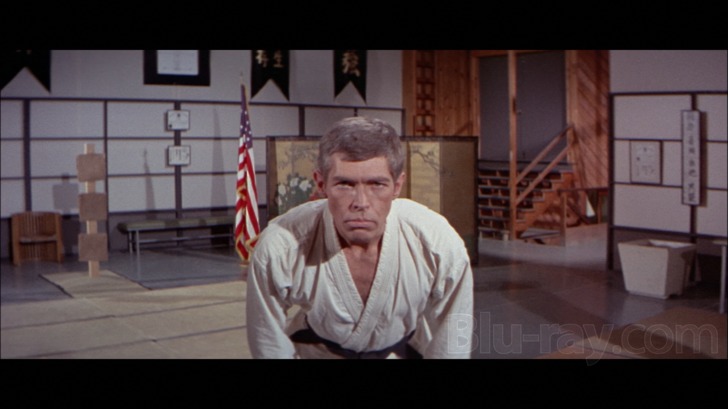
Just part of a routine day for Derek Flint.
He also lives with four women, each of a different nationality, who apparently combine the characteristics of servants — barber, valet, etc. — and girlfriends.

Flint bids a temporary farewell to the ladies
Flint prepares himself for his assignment by stopping his heart for a couple of hours, a talent that will come in handy later. This requires him to maintain what seems to be a rather uncomfortable position.
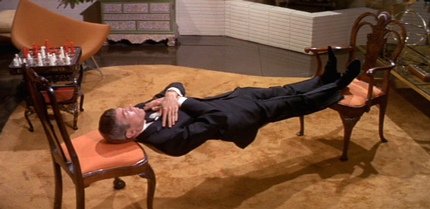
Coburn is really doing this, without special effects.
After refusing to accept the usual spy gadgets, because he has his own — remember the lighter? — he immediately dispatches a couple of Bad Guys disguised as military guards.

He knows they're phonies because they're wearing ribbons for the Battle of the Bulge, which don't exist. Silly Bad Guys.
The plot gets really complicated from this point, so let me just outline it a bit. Our movie's Bad Girl, played by Israeli beauty Gina Golan, tries to kill Flint by shooting a poison dart at him with the strings of a harp.

Our femme fatale. How much do you want to bet that she falls into our hero's arms?
Traces of the ingredients for Marseilles-style bouillabaisse on the dart lead him to the French port city. Then, after exchanging information with agent 0008 while they have a fake fight, he learns that an organization known as GALAXY is behind the disasters. Golan tries to blow him up with a bomb in a jar of cold cream.
The cold cream leads him to Rome, where he encounters Golan again. Complications ensue when his four girlfriends are kidnapped. It all leads up to the final battle at GALAXY headquarters, situated on a volcanic island.

The Bad Guys have great interior decorators.
It seems that three Mad Scientists want to create a world without war and want, using the disasters they create to blackmail the world into accepting their benign dictatorship. They also use mind control to transform Flint's ladies, and a bunch of other women, into Pleasure Units, to serve the needs of their male minions.
This takes the form of entertaining them in fantasy rooms, where they play the roles of go-go dancers, maidservants of ancient times, and so forth. The most amusing of these is the room where they park in cars with the men in a simulated drive-in theater and smooch on them.
Will Flint defeat GALAXY and get his four girlfriends back? Are you kidding me?

Make that five girlfriends.
Our Man Flint is a very amusing movie. The main source of humor is the fact that Flint is incredibly competent at everything from emergency surgery to cliff diving. Coburn plays the role with just the right sense of cool assurance.
Unlike the poverty-stricken Agent for H.A.R.M., this film obviously has a real budget. The sets are lavish, and the special effects are pretty good, although you can tell that some things are just models. The action sequences are done with excellent stunt work. The movie seems to be making money, and I wouldn't be surprised if there's a sequel in the works.
I'm sure there will be countless more books, movies, television series, comic books, and whatnot inspired by the spy fad. Who knows where a secret agent will show up next?

Maybe in board games. That doesn't look a whole lot like Sean Connery, by the way.







![[January 28, 1966] The Book as Rorschach Test (<i>Flowers for Algernon</i>)](https://galacticjourney.org/wp-content/uploads/2021/01/laboratory-mouse-a55d9736-9685-4f2a-b530-192cdc8ee6a-resize-750-672x372.jpg)

![[January 26, 1966] Changes Afoot! <i>Science Fantasy</i> and <i>New Worlds</i>, February 1966](https://galacticjourney.org/wp-content/uploads/2021/01/Science-Fantasy-NW-Feb-1966-672x372.jpg)



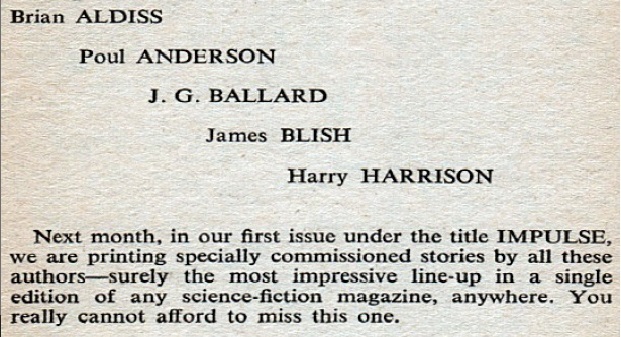

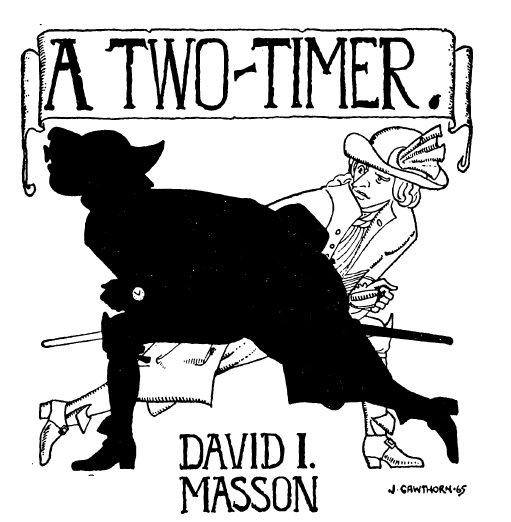
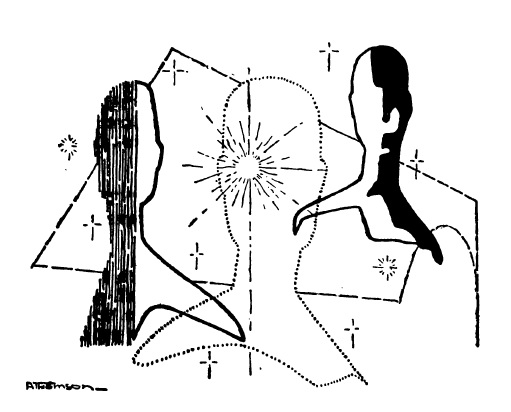
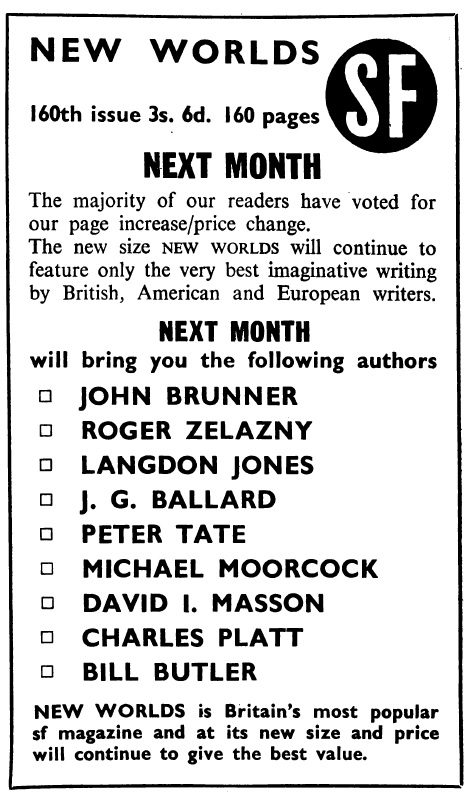
![[January 24, 1966] The Sincerest Form Of Espionage (<i>Agent for H.A.R.M.</i>, <i>Our Man Flint</i>, and Other Bond Imitations)](https://galacticjourney.org/wp-content/uploads/2021/01/51pPnb0TRVL._AC_-500x372.jpg)

































![[January 22, 1966] Monks, Demi-Gods and Cat People: <i>The Sword of Lankor</i> by Howard L. Cory](https://galacticjourney.org/wp-content/uploads/2021/01/SWRDLNKR1966-393x372.jpg)




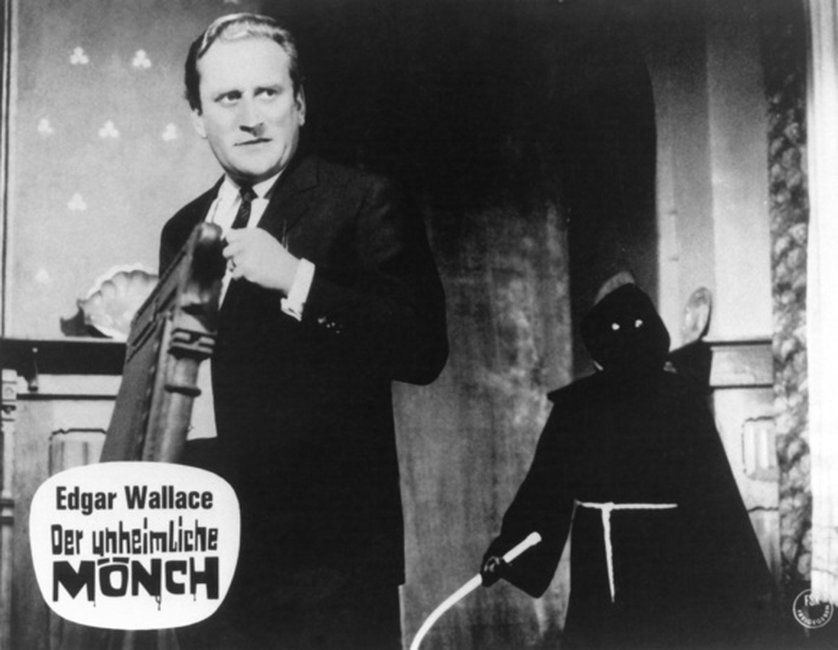

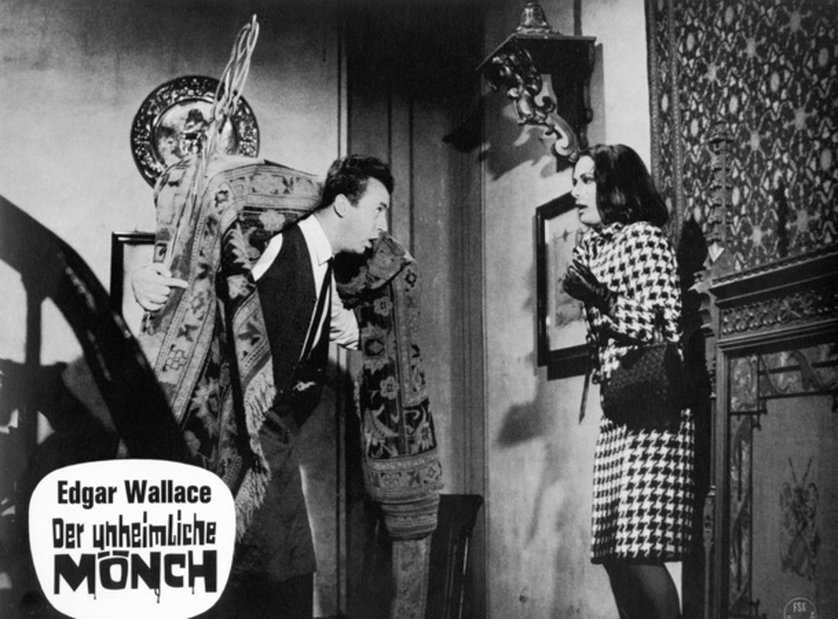
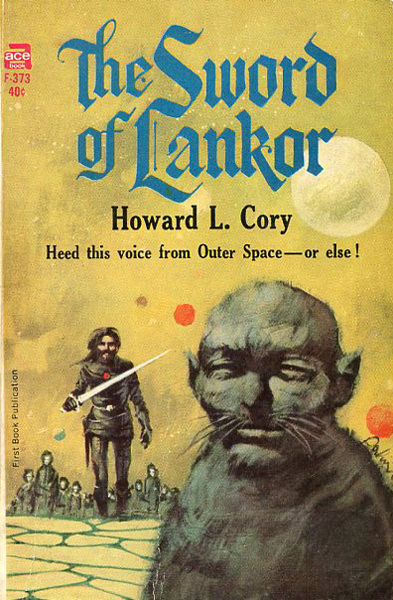
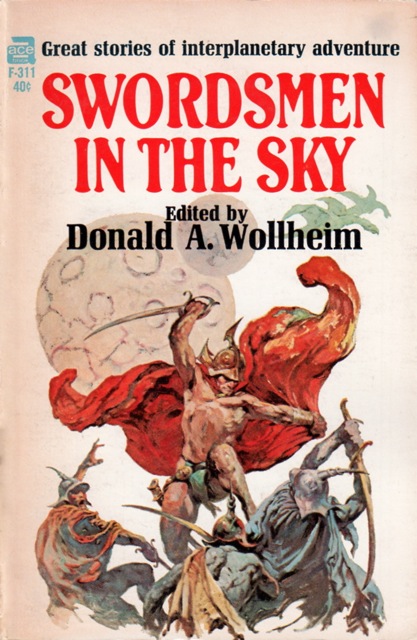
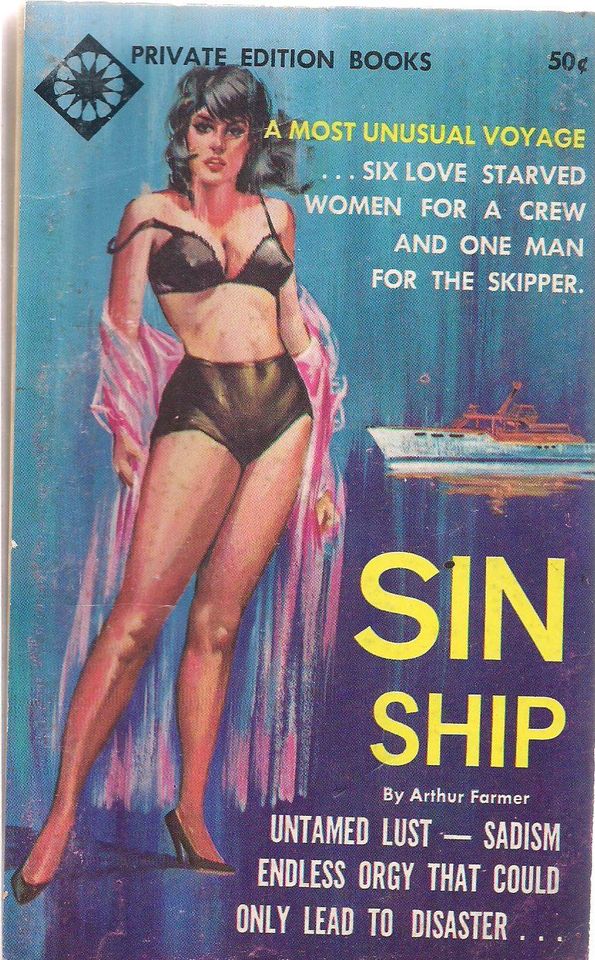
![[January 20, 1966] Bombs, duds, and happy endings (February 1966 <i>Fantasy and Science Fiction</i>)](https://galacticjourney.org/wp-content/uploads/2021/01/660120cover-565x372.jpg)


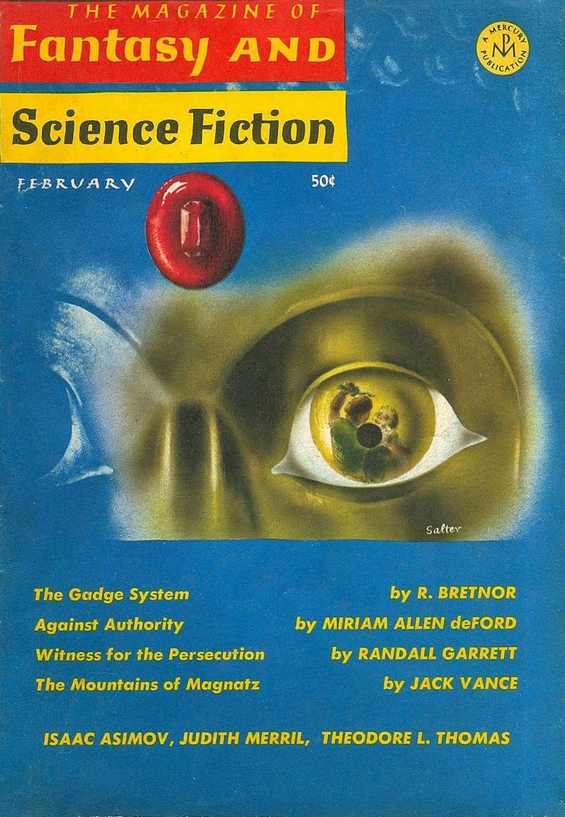
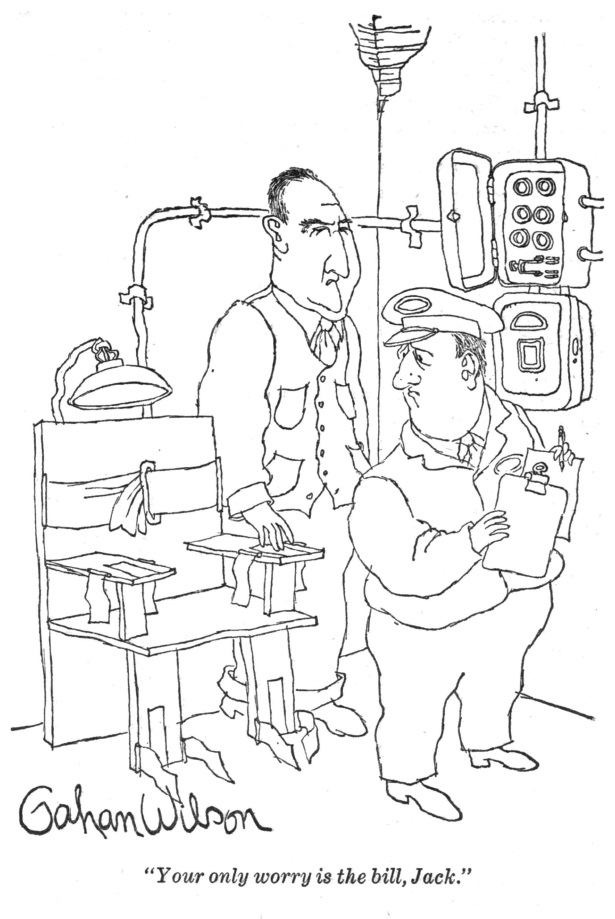
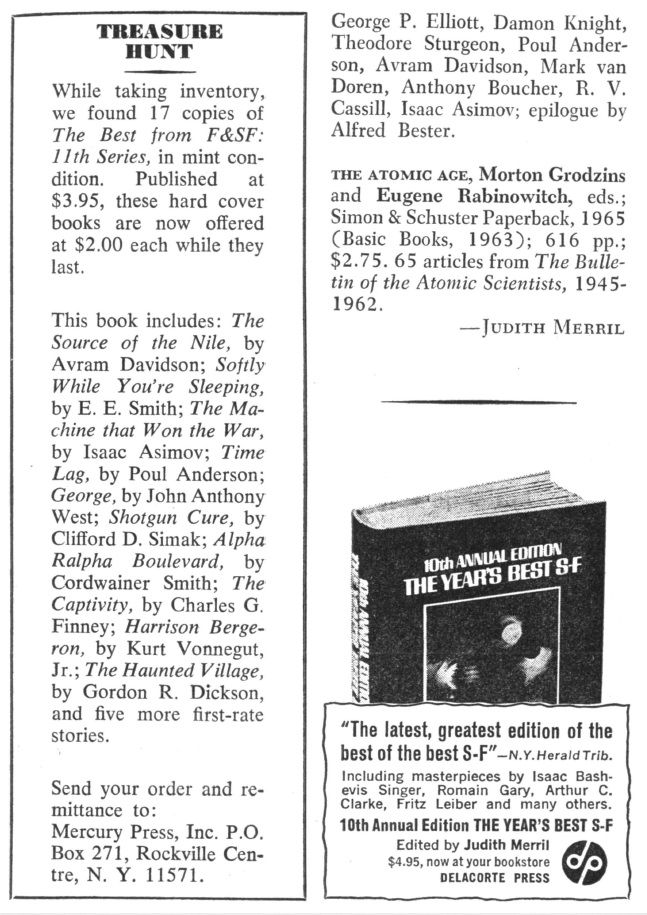
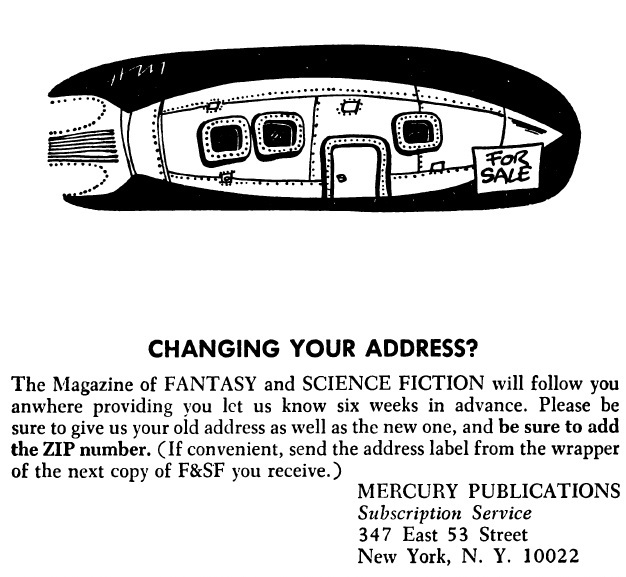
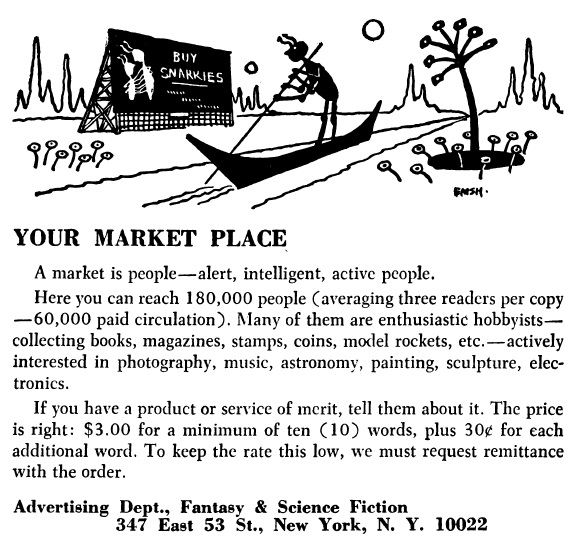
![[January 18, 1966] New Discoveries of the Old (<i>Out of the Unknown</i>)](https://galacticjourney.org/wp-content/uploads/2021/01/Out-of-the-Unknown-Titles.jpg)



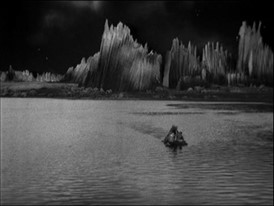

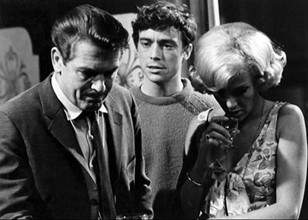
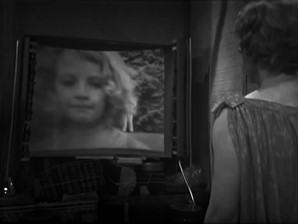

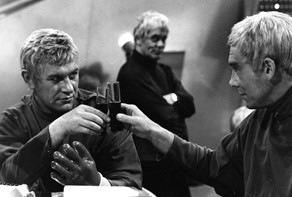

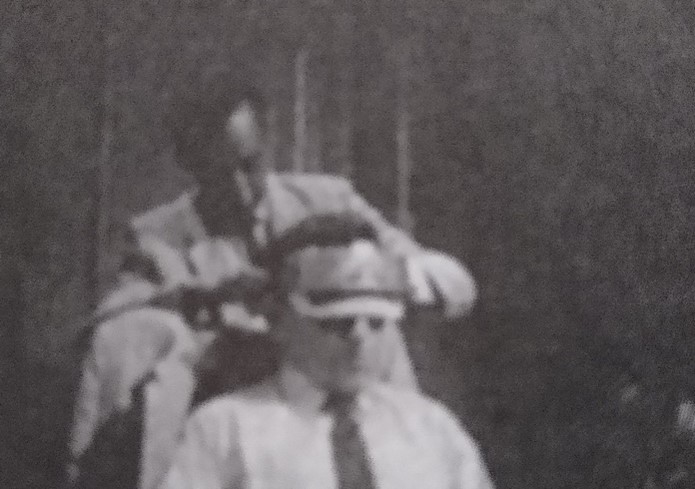




![[January 16, 1966] Getting There Is Half The Fun (March 1966 <i>Worlds of Tomorrow</i>)](https://galacticjourney.org/wp-content/uploads/2021/01/Worlds_of_Tomorrow_v03n06_1966-03_Anon.Malefactor_0000-3.jpg)










![[January 14, 1966] An Excellent Set of Hammers (<i>Dracula Prince of Darkness & Plague of the Zombies</i>)](https://galacticjourney.org/wp-content/uploads/2021/01/Hammer-Titles.jpg)


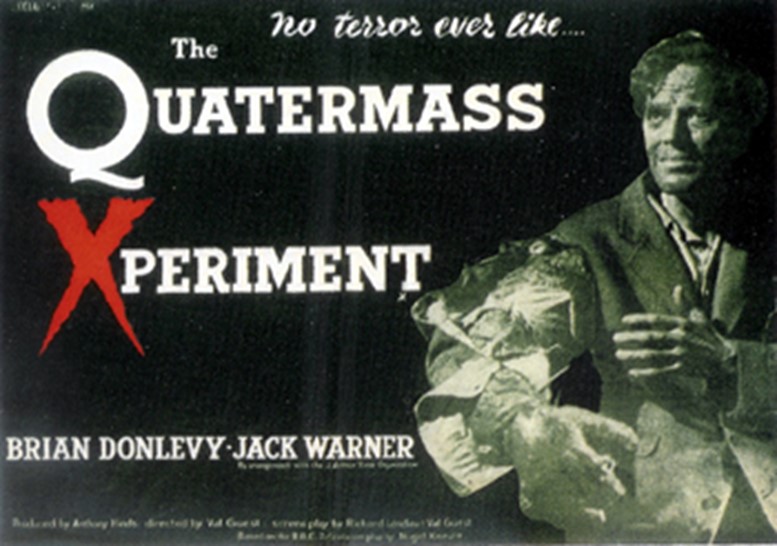


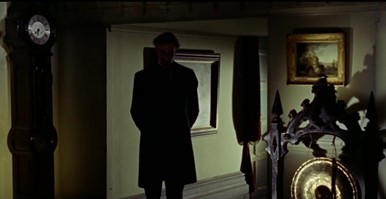
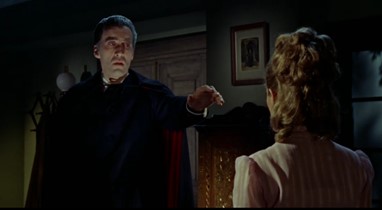
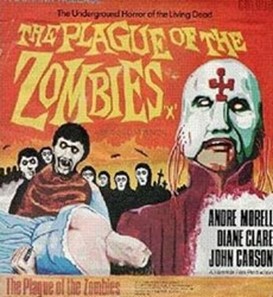
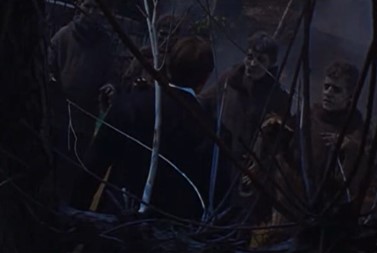
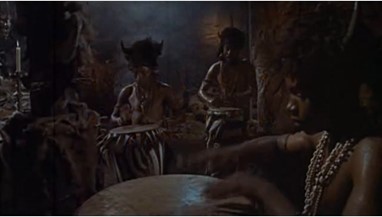
![[January 10, 1966] Kingdom Come (<i>Doctor Who</i>: The Daleks’ Master Plan [Part 2])](https://galacticjourney.org/wp-content/uploads/2021/01/660110hmmmm-672x372.jpg)

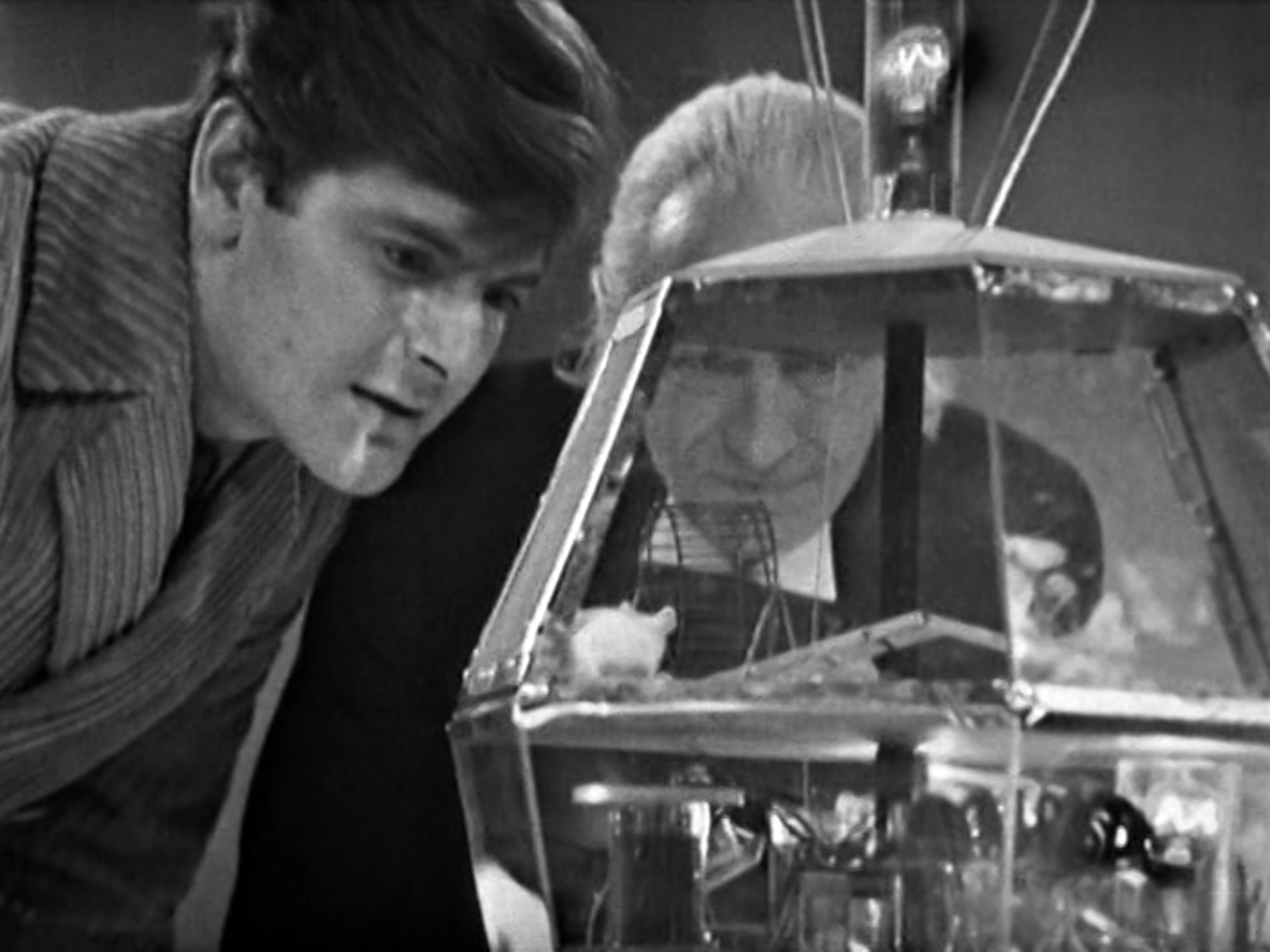
![[January 8, 1966] Seems like old times (February 1966 <i>Galaxy</i>)](https://galacticjourney.org/wp-content/uploads/2021/01/660108cover-530x372.jpg)
